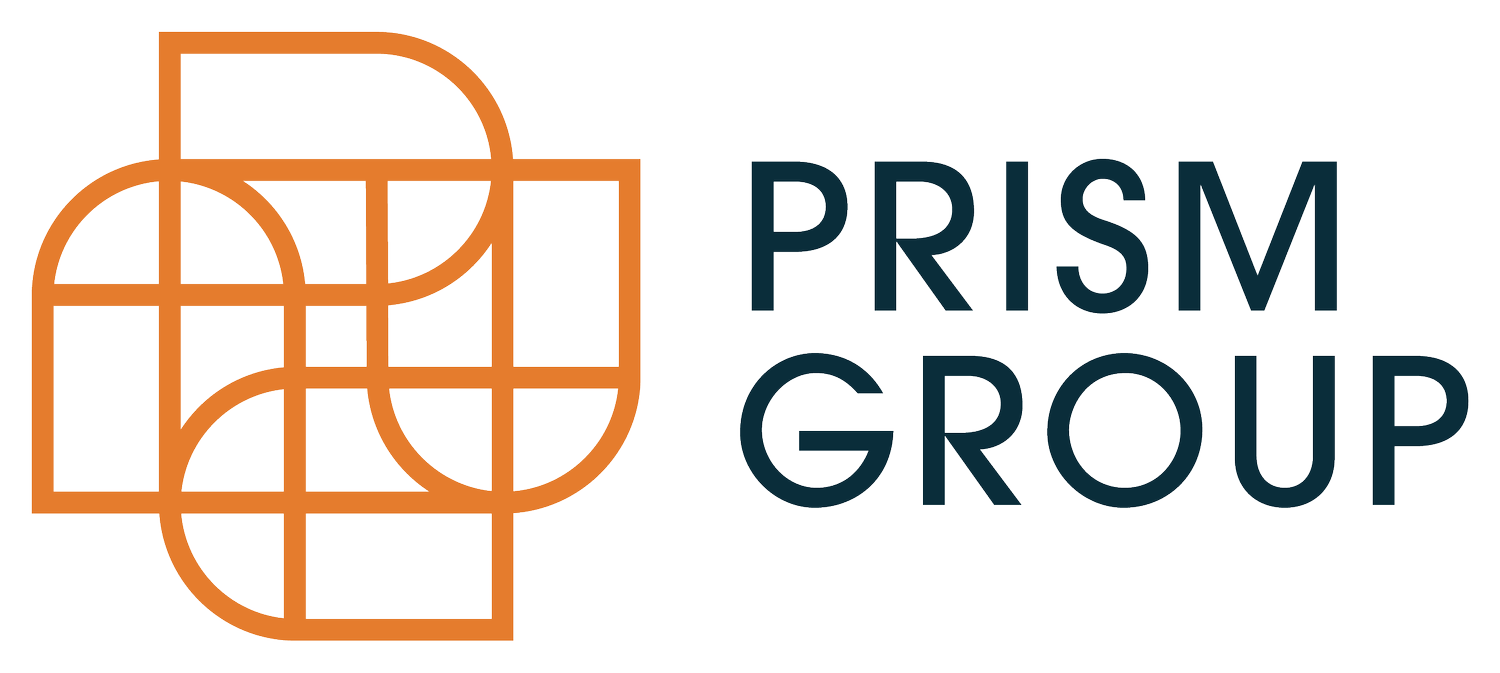Four Ways to Build Wealth in Real Estate in San Francisco
Quick Market Update
I had the pleasure of listening to renowned real estate economist Carole Rodoni recently. I always find her talks fascinating, and I wanted to share some of her insights on our market. She believes (as do I) that our market is shifting back to local normalcy, or at least what passes for normal in San Francisco. With interest rates still at historically low numbers, now is a great time to buy and build wealth through real estate.
Carole believe that the Bay Area has three basic markets for real estate: Entry level (people buying their first home), Middle (just above 7 figures), and High ($5 million and above).
Entry Level – up to around $1.2 million - The entry-level market will continue to be super competitive in 2017. Inventory will remain low, and these buyers should expect multiple offers and over-bidding on available properties.
Middle Level – $1.3 million to $5 million - Inventory will remain tight and competitive here as well, possibly forcing some buyers to reconsider location when buying.
High Level – above $5 million - This market is not moving at all. We are seeing price reductions on many properties. These sellers generally are not motivated. Don't expect this market to pick up until interest rates increase.
San Francisco is really classified as an international market for real estate, drawing people from around the world. When you view our real estate market from that perspective, we are a relative bargain. For example, San Francisco has a price per square foot of $1,100. Compare that number to Beijing at $13,000 and London at $6,500 per square foot.
When Carole is asked, "is it the right time to buy real estate?" She responds with, "that is the wrong question." It's more important to consider the ways that buying real estate can help build wealth.
1. Interest Rates Historically Low
Rates are currently 3-4% with 7% being the 30-year average. In 2002, if you purchased a $600,000 home and with a 30-year fixed-rate loan with 25% down, you would have had a $4,000 monthly payment, of which only 9% applied down principle while the remaining went to the bank in interest. Today, with interest rates at 3-4%, the same loan would have monthly payment $1,000 lower, potentially allowing you to build savings, with 27% of monthly payment applied to principle, building equity. In other words, less money out of pocket overall, and more wealth building.
2. Deductible Interest Payments
The short-term benefit to carrying a mortgage is that the interest can be deducted from your taxes. If you are a high earner, this is one of the best ways to shelter your income. Even though you are paying interest to a bank, you reclaim some of that in lowered tax payments.
3. Tax-Free Capital Gains
If you own a principal residence for at least five years and occupy it at least two, at the time of sale you are allowed an exemption of $250,000 per person, maximum two people, on capital gains taxes. In other words, a married couple that sells their primary residence after five years can clear $500,000 of appreciation, tax-free.
4. Appreciation
Of course, appreciation is never guaranteed. If you don't have to sell in a down market, don't. Hold the property; over time San Francisco real estate inevitably appreciates in value.
In short, if you can afford to buy in San Francisco, it is almost surely one of the best investments you can make.
Now let's take her discussion to see where you can afford to buy in San Francisco.
What Can I Buy for $1.2 million or $2 million?
$1,200,000 is approximately the median home price in San Francisco if one combines both single-family homes and condos. For that price, one could buy a 4-bedroom, 2,135-square-foot house in Ingleside or Oceanview; a 3-bedroom, 1,566-square-foot house in Outer Parkside; or a 2-bedroom, 1,070-square-foot condo in Pacific Heights.


If you want to buy a house under a million dollars, you are now mostly limited to the neighborhoods that run across the southern border of San Francisco.



New Listings Begin Pouring onto the Market Again The period from March through May is usually the most active selling season of the year, and we will soon have more conclusive indications of where the 2017 market is headed. This next chart illustrates the typical, dramatic surge of new inventory that fuels sales during this season.

It is impossible to know how median and average value statistics apply to any particular home without a specific comparative market analysis, which I am happy to provide upon request.
These analyses were made in good faith with data from sources deemed reliable, but may contain errors and are subject to revision. It is not my intent to convince you of a particular position, but to attempt to provide straightforward data and analysis, so you can make your own informed decisions. Median and average statistics are enormous generalities: There are hundreds of different markets in San Francisco and the Bay Area, each with its own unique dynamics. Median prices and average dollar per square foot values can be and often are affected by other factors besides changes in fair market value. Longer term trends are much more meaningful than short-term.

